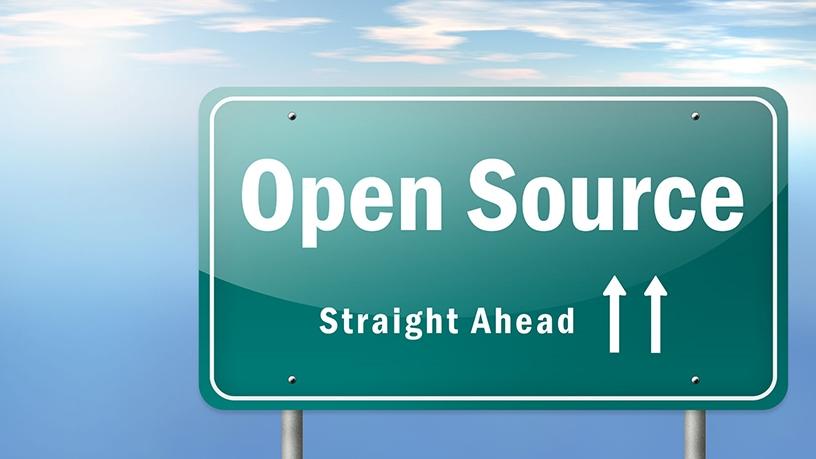
In the 20 years since February 1998 when the term "open source" was applied to what Bruce Perens, one of the founders of the Open Source movement described as "a campaign to promote the pre-existing concept of Free Software to business, and to certify licences to a rule set", the campaign has succeeded beyond the wildest dreams of the initial Open Source enthusiasts.
Simon Phipps, president of the Open Source Initiative (OSI) and founder of UK-based open source management consulting company, Meshed Insights, recently publishde an article intitled '20 Years and Counting'. He points out that without open source, we might not have the Internet or the worldwide web; our computers and mobile devices might be very different; cloud computing and the Internet of Things would probably be impossible to scale, and Google and Facebook might not exist.
Internationally known developer relations strategist, community management expert and former OSI board member, Leslie Hawthorn agrees. "Without open source languages, libraries, operating systems and frameworks, the technological innovations we see today would have taken much longer or, perhaps, have been cost-prohibitive. Now anyone with a great idea can start a successful company by building a compelling application atop an open source stack and bring that idea to market quickly.'
Looking back over the past 20 years, Phipps says each decade was marked by a growing awareness and understanding of what open source was.
The first decade, which was marked by advocacy and controversy, saw open source proponents trying to develop workable business models. They grappled with such issues as how to contribute freely, yet still be paid. Open source projects themselves were predominately about finding replacements for off-the-shelf, proprietary products.
During the second decade, things change. The debate shifted to issues around governance and how to participate yet keep control or not be controlled; while projects were increasingly components of larger solutions.
As open source enters its third decade, Phipps believes the years ahead will be marked by.
- The complexity business model - a business model that involves the monetising of, and finding governance for complex solutions that arise from the integration of many open source parts
- Open source mosaics - open source projects that consist predominantly of families of component parts being built into component stacks.
- Families of projects that will be hosted by consortia or trade associations like the Linux Foundation and OpenStack as well as by general purpose charities like Apache and the Software Freedom Conservancy.
- The rise of Professional Generalists - open source developers who will increasingly be employed to integrate many technologies into complex solutions.
- Software freedom - as new problems arise, software freedom will increasingly be applied to identify solutions that work for collaborative community and independent deployers.
Hawthorn believes the next decade will see greater acceptance of InnerSource principles by companies. InnerSource is about developing software behind the corporate firewall as "open source", without everyone having access to the code repositories to follow or even contribute to its development, regardless of where they sit in the organisation.
"By entrusting an organisation's technical team to work in the open source way, companies will become more efficient in their development practices, saving time, money and, most importantly, making their employees feel a greater sense of ownership and empowerment over their work," she says.
* To read Simon Phipps' article '20 Years and Counting', go to: https://meshedinsights.com/2017/12/21/20-years-and-counting/
Share